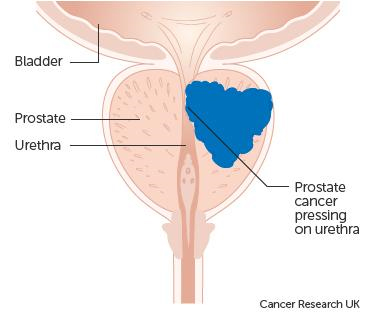How you prepare
Several days before surgery, your doctor might recommend that you stop taking medications that increase your risk of bleeding, including:
- Blood thinners such as warfarin (Coumadin, Jantoven) or clopidogrel (Plavix)
- Nonprescription pain relievers such as aspirin, ibuprofen (Advil, Motrin IB, others) or naproxen sodium (Aleve, others)
Your doctor may prescribe an antibiotic to prevent urinary tract infection.
Arrange transportation because you won't be able to drive yourself home after the procedure that day or generally if you have a catheter in your bladder.
You might not be able to work or do strenuous activity for up to six weeks after surgery. Ask your doctor how much recovery time you might need.
What you can expect
The TURP procedure takes about 60 to 90 minutes to perform. Before surgery you'll be given either general anesthesia — which means you'll be unconscious during the procedure — or spinal anesthesia, which means you'll remain conscious. You might also be given a dose of antibiotics to prevent infection.

During the procedure
The resectoscope is inserted into the tip of your penis and extended through your urethra and into the prostate area. Your doctor won't need to make any cuts (incisions) on the outside of your body.
Your doctor will use the resectoscope to trim tissue from the inside of your prostate gland, one small piece at a time. As small pieces of tissue are cut from inside your prostate, irrigating fluid carries them into your bladder. They're removed at the end of the operation.
After the procedure
You'll likely stay in the hospital for one to two days.
You'll have a urinary catheter in place because of swelling that blocks urine flow. The catheter is generally left in place for at least 24 to 48 hours, until swelling decreases and you're able to urinate on your own.
You might also notice:
- Blood in your urine. It's normal to see blood right after surgery. Contact your doctor if the blood in your urine is thick like ketchup, bleeding appears to be worsening or your urine flow is blocked. Blood clots can block urine flow.
- Irritating urinary symptoms. Urination might be painful, or you might have a sense of urgency or frequent need to urinate. Painful urination generally improves in six to eight weeks.


